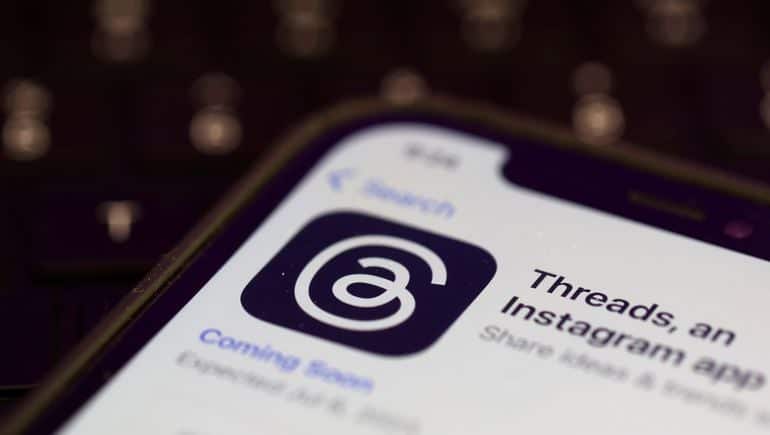With Threads usage rising, and more brands reconsidering their presence on X (formerly Twitter), a key question that many businesses are now considering is what works on Threads, and how can you maximize your Threads presence for optimal engagement?
And while much of the Threads back-end is still in development, as Meta works to scale up the platform to meet rising demand, there are a couple of points worth noting at this early stage, as highlighted by Meta marketing director Jacki Pimentel at a CreatorIQ Connect conference in LA recently.
In her discussion about the growth and evolution of Threads, Pimentel noted that conversation is key:
“The content that’s working is conversation starters. We see a lot more engagement on Threads on content that’s a conversation starter. We are prompting people to respond, and we want people to respond.”
Which is not surprising. Conversation prompts, which invite users to share their own thoughts and perspectives on a topic, have been a common engagement tactic on every social app. As such, it stands to reason that they would work on Threads as well, though Meta has also made a point of actively working to facilitate more positive engagement on Threads, which puts a slightly different spin on this aspect.
Over time, the content that’s traditionally driven the most engagement in social media apps is emotionally-triggering updates, things that compel people to comment and share, which then signals to the algorithm that a given post is getting traction, and should be distributed to more users, in order to boost broader engagement.
Various studies have shown that the content that best drives emotional response, particularly in regards to inspiring comments, is material that prompts high-arousal emotions, such as anger, fear, and happiness. If you can hit these emotional triggers, your content is much more likely to go viral, which is what social algorithms incidentally incentivize by feeding into engagement.
Meta doesn’t want Threads to go down that path, which could also be an element to consider, in that Meta could be actively looking to lessen the impact of certain elements in order to encourage a different type of in-stream engagement.
How would it do that?
A lot of this comes down to the weightings in the algorithm for different types of engagement.
Maybe comment numbers alone are less of a driver, but comments + likes, in some correlation, are more indicative of positive interaction, while shares may also provide a different marker of engagement. Meta would have more data on this than anyone, and it does seem like it is working to build a different type of algorithm that’s more aligned with positivity, based on various factors.
Re-posts, for example, don’t get the same amplification on Threads that they do on other apps, which seems to be another way to prompt more direct user engagement and comment, as opposed to simply redistributing a post verbatim.
There’s no definitive algorithm guide as yet, but all of these elements should factor into your thinking, along with Meta’s direct insight into the types of interactions it’s looking to push.
Also, those “Dear algorithm” posts that you see in the app? Yeah, they’re not doing what you think.
As reported by Wired:
“Meta confirmed to WIRED that sharing a Dear Algorithm post does not affect the posts users ultimately see on Threads. The app’s For You feed is personalized to each user based on a number of signals, Meta spokesperson Seine Kim says, such as accounts and posts that a user has interacted with. These interactions extend to both Threads and Instagram, since Threads is an extension of the Instagram API.”
Which is another key point of note, that Threads is also using Instagram engagement as an indicator of the type of content that users may want to see on Threads.
That, in my opinion, is not the best proxy here, as the accounts that most people follow on IG are very different from what they would follow on X, the closest comparison for Threads usage. But the Threads team is also looking to optimize each users’ feed with the info that it has, and it’ll take a while for the Threads algorithm alone to understand what each person is looking for in the app.
But that’s the ultimate goal, that Threads activity alone will dictate what people are shown by the algorithm. More engagement overall will help with this, as well topic tags, which are now in testing in Australia.
As more users get access to this feature, that’ll enable the Threads team to build a better graph of Threads-specific interests, which will lessen the need for inputs from its other apps, and further separate Threads as its own experience. But it will take time.
So right now, these are the considerations, while it may also be worth noting what your Instagram audience is engaging with in order to help drive Threads discovery and engagement.
Factoring that into the broader focus on positive interactions could help to drive your in-app engagement.



